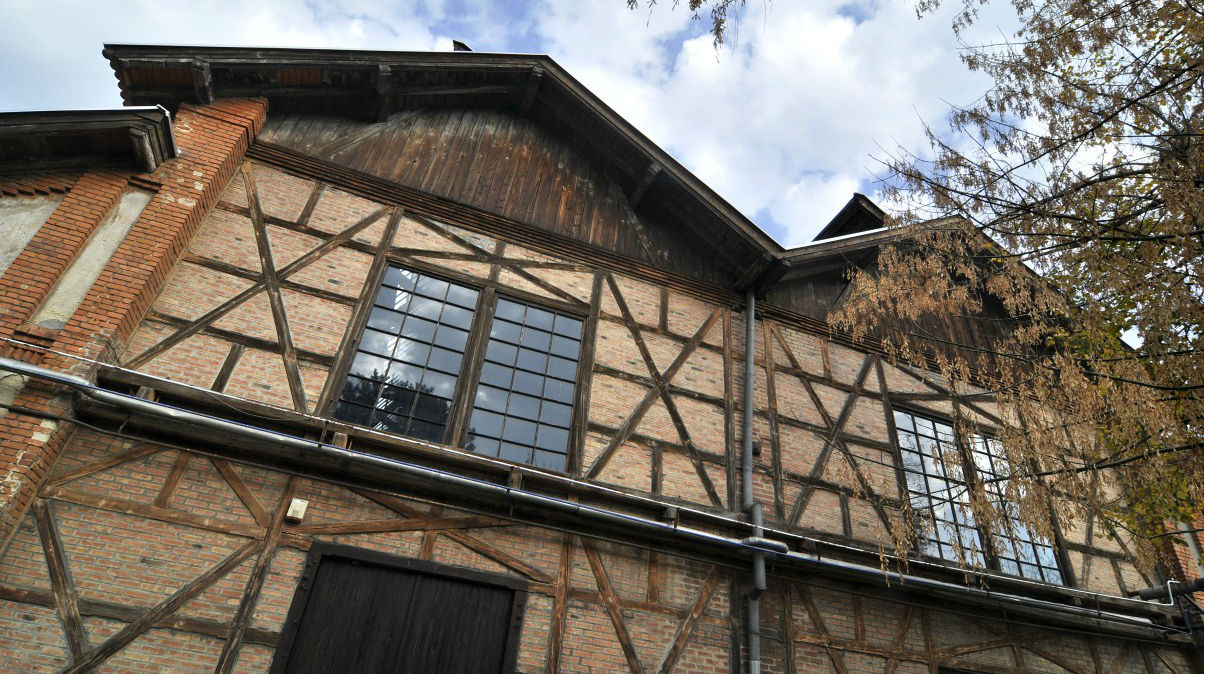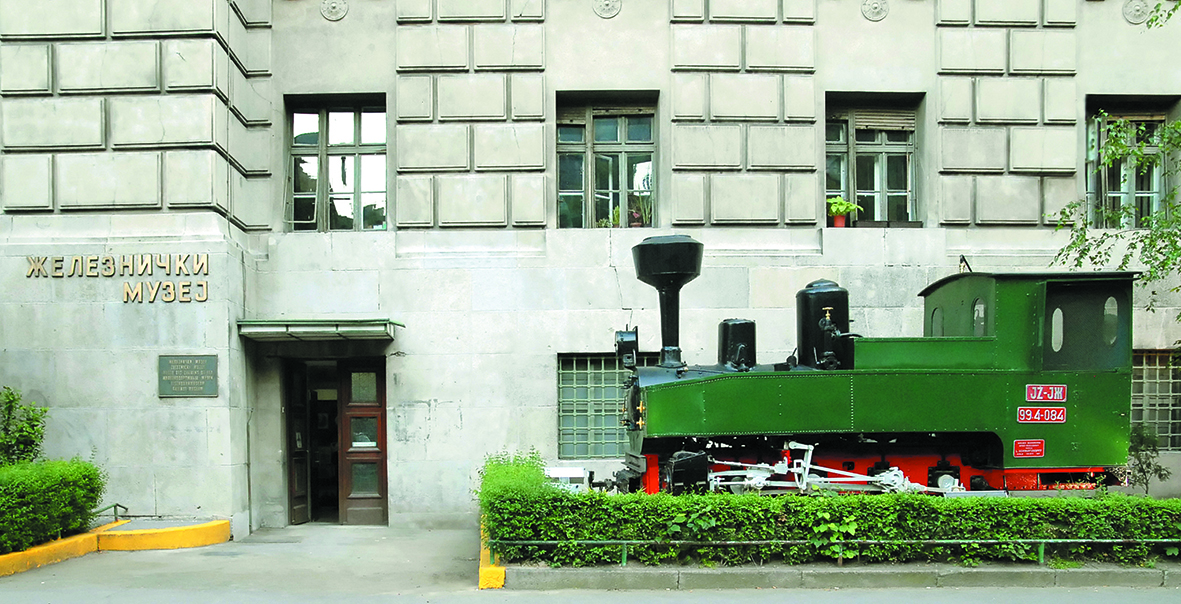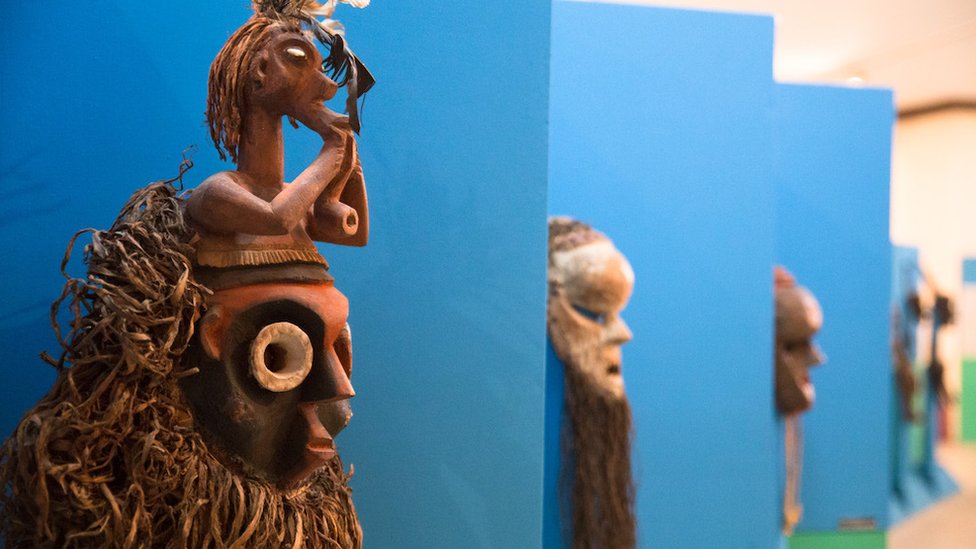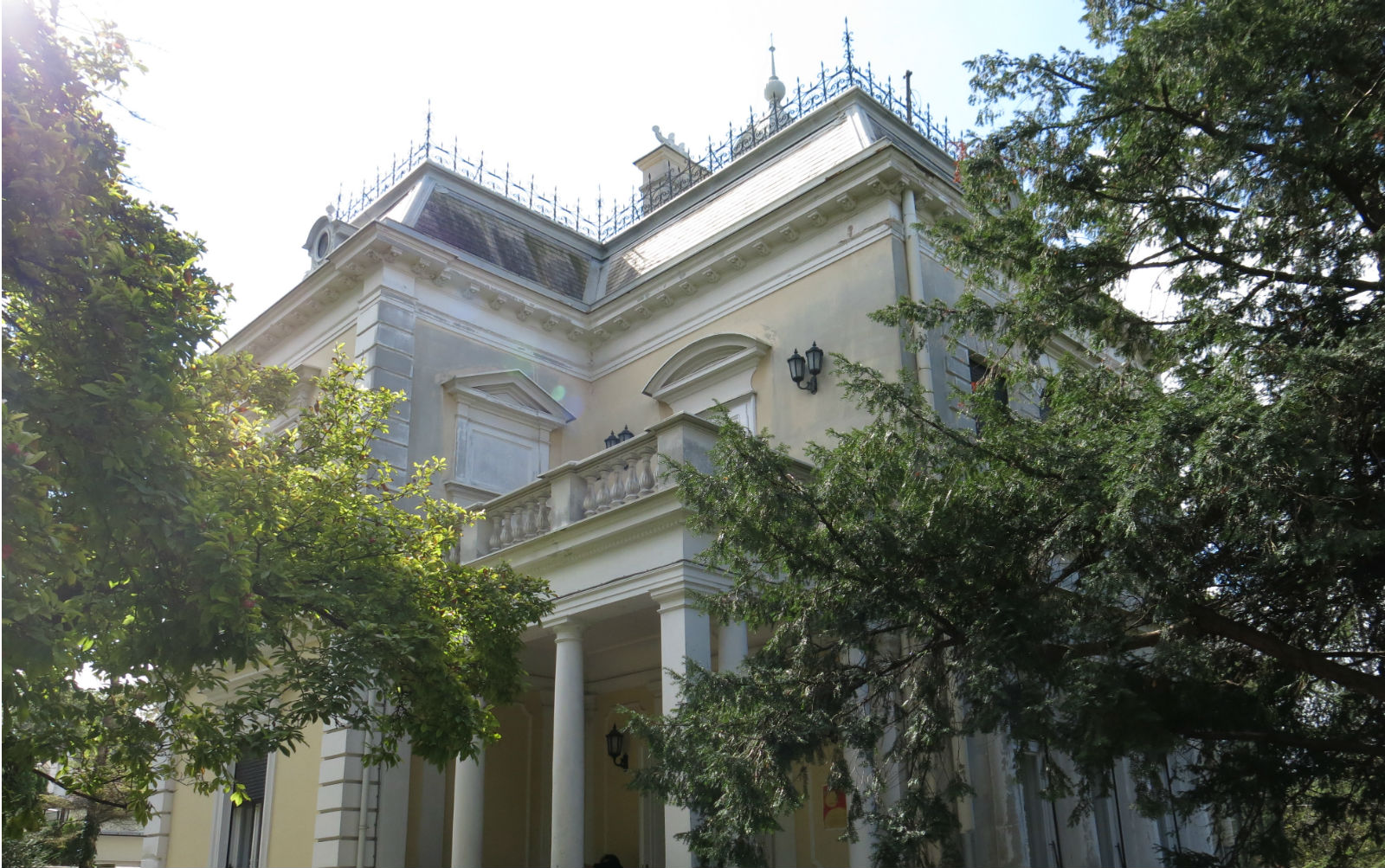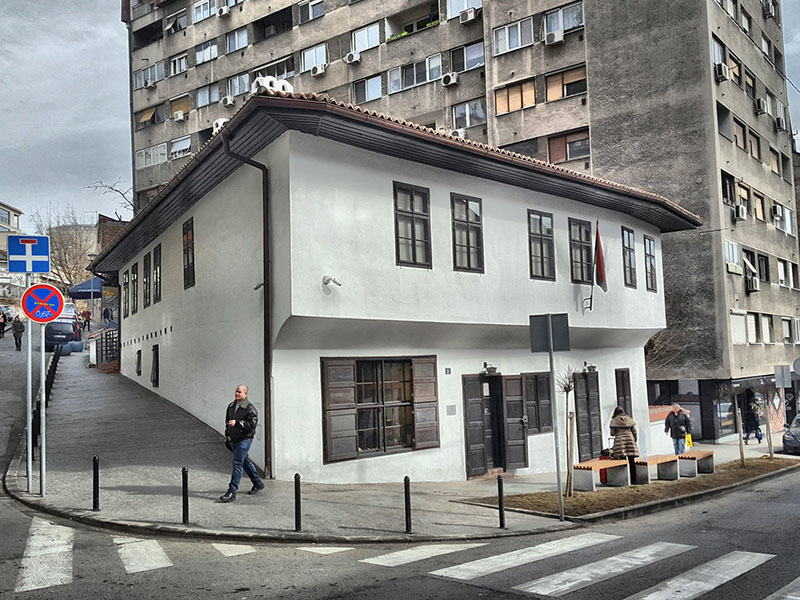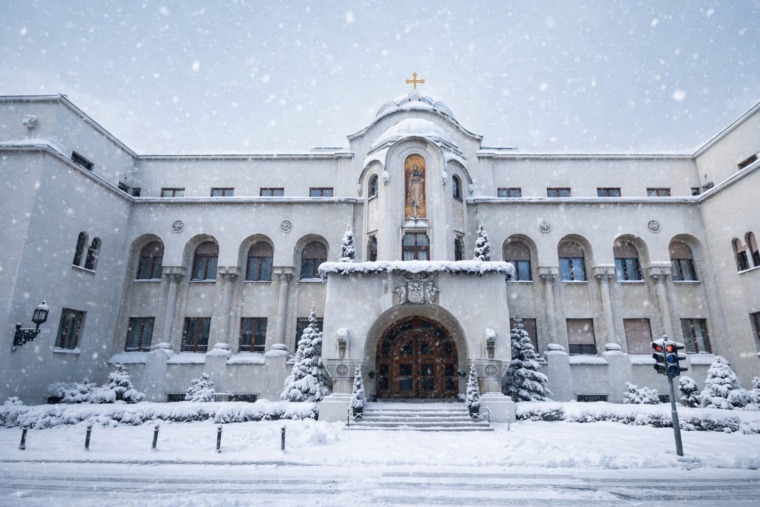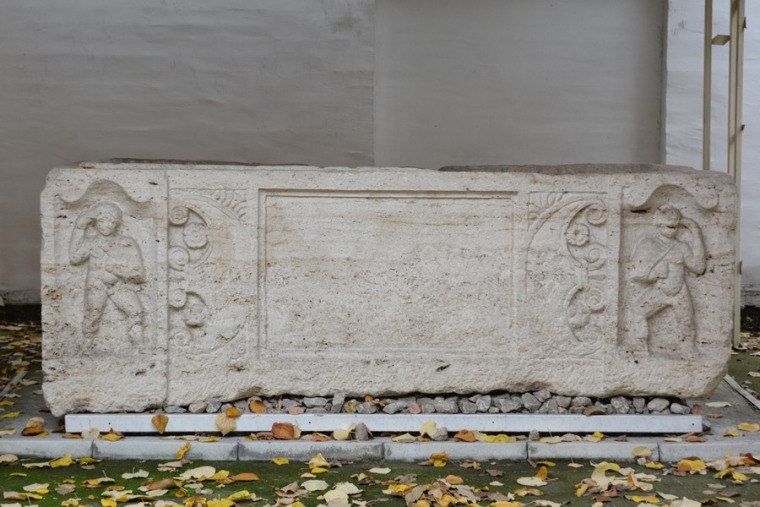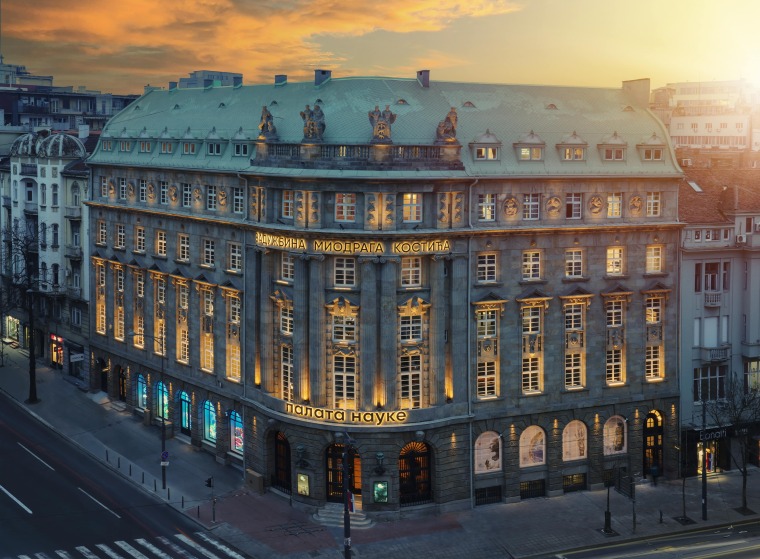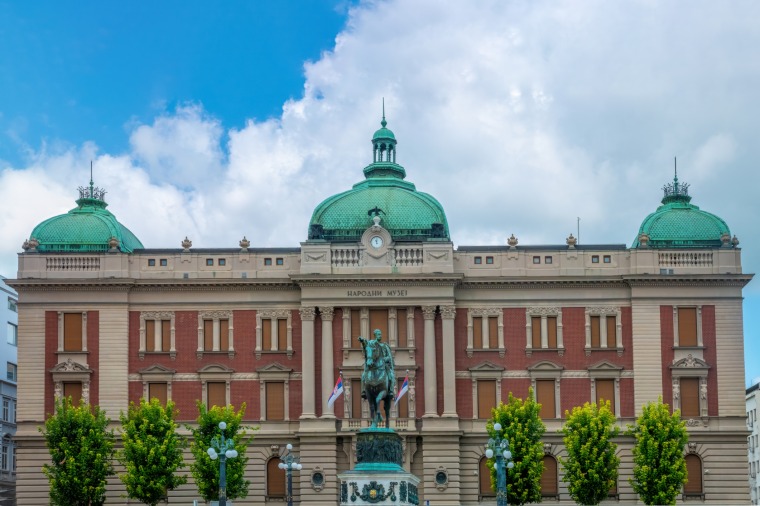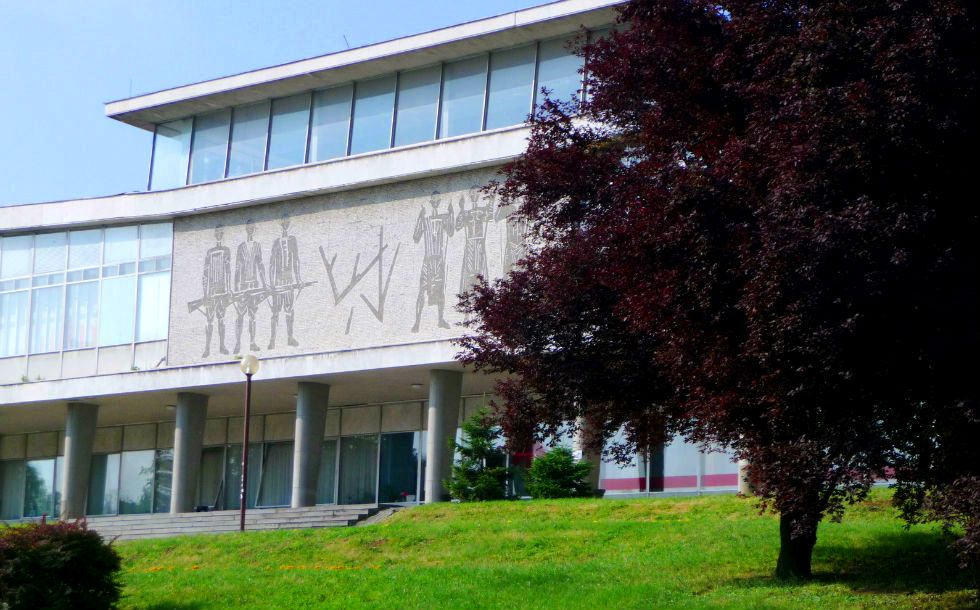Cannons have not been made at Kragujevac for a long time and the factory is now known for the production of small arms.
However, the Old Foundry Museum maintains a record of significant dates in the country’s history, ensuring this facility is unique in Serbia and one of the few of its kind in Europe.
On 15th October 1853 the newly-built foundry successfully cast its first cannon, marking the start of development of the Serbian military industry and industrial production in Serbia generally. The even was made even more important thanks to the presence of Prince Aleksandar Karadjordjević and his entourage. Nowadays this day is celebrated as the Day of the Zastava Arms factory. The initial growth of the military factory would go on to determine the rhythm of the city’s life for decades to come.
EXAMPLE OF INDUSTRIAL ARCHITECTURE
The Old Foundry is located in Zastava Arms factory’s oldest preserved building – the building of the former foundry, erected in 1882. With the introduction of new materials – iron, concrete and glass, together with the decorative elements of contemporary European industrial architecture – it can almost be considered as a forerunner of what would later be defined (at the beginning of the 20th century) as the Bauhaus movement. Innovative ideas from the West were probably brought to the factory by engineer Todor ‘Toša’ Selesković, who managed the foundry from 1881 until 1892. It is assumed that he was also a designer, as he was educated in Germany, where these contemporary art movements emerged.

The factory’s centenary in 1953 saw the facility placed under state protection as a cultural property of great importance. The foundry was used until the end of the 1960s (until 1968), with the change of the use for this building seeing it house the Old Foundry factory museum. In 1973 the museum underwent a significant transformation. Experts and prominent museum workers, such as Dr. Lazar Trifunović, Dr. Nikola Vučo, Colonel Milorad Prelević, architect Milan Bojer and others, were engaged. The then new exhibition, which largely survives to this day, albeit with minor additions, illustrates the technical and technological development of the factory, but also the economic, social, cultural and educational development of Kragujevac and Serbia.
It is also one of the few buildings to have withstood the ravages of wars (two world wars and the last bombing of 1999) due to its construction method, the construction method, combining brick, concrete and iron, made the facility very stable and strong.
LIGHT OF THE FUTURE
It is infinitely interesting to briefly step back in time more than 150 years to visit this exceptional building, see some old photographs, tools, machines or the first cannon, cast in 1853. Indeed, the Old Foundry museum is reminiscent of the time when the first steam engine arrived in Kragujevac and when the first cannons for the Serbian army were cast. Apart from the authentic old foundry building, the museum is also distinctive in terms of its size – spanning an area of 1,200 square metres.
Exhibits are mostly owned by the factory museum, while part of the display was borrowed from other institutions, primarily the Military Museum in Belgrade, thus ensuring the exhibition offers better quality and greater diversity. The Old Foundry museum’s collection comprises 5,500 items classified into seven collections: weapons and equipment, machinery and tools, archives, photographs, art works, stamps and medals.

The museum’s setting includes the first cannon cast in the Kragujevac cannon foundry on 27th October 1853, but also includes the original foundry where cannons used to be cast. It should be noted that the museum possesses rarities such as the famous Mauser-Milovanović rifle – “kokinka” M.1880, or its improved version from 1907 – Mauzer-Milovanović-Djurić, with a five-round magazine. The permanent display also includes a hand grenade from the Vasić M.1898 system. The exhibit includes some rare examples of old guns which were produced abroad and reconstructed at the factory, such as the Mini-Frankot-Petrović system, M.1857, with the stamp of Mihailo Cvejić, or a flintlock rifle from the turn of the 18th to the 19th centuries.
Back in 1889, one old photograph aroused interest at the World Fair in Paris, where the factory was represented with 42 products. In fact, the factory’s shell plant was the first plant in Serbia to be equipped with electric lighting, which was installed back in 1884. This light of the future, shown in the photo, particularly in the industrial hall, was something new even for developed countries.
The museum also presents the military factory’s production programme between the two world wars. There are photos and archival material and facsimiles of important documents. Of particular importance is the post-WWII programme for artillery and weapons, the hunting and sporting weapons programme (hunting carbines and rifles, semiautomatic and automatic pistols and revolvers). Today the museum’s collection is complemented with examples of modern weapons.
The museum exhibition at the Old Foundry provides an exciting atmosphere of the period when it was designated as a leading light of the local industrial revolution in Serbia. Moreover, it is a witness of Serbia’s roots.
By: Mira Švedić
Related Articles
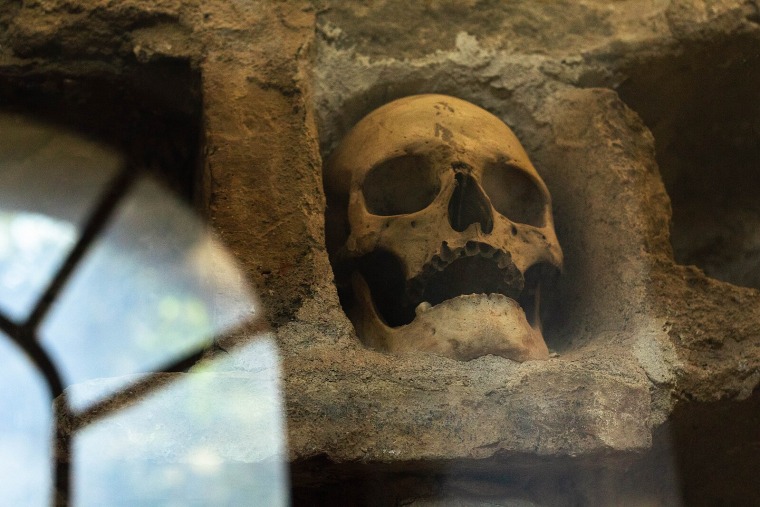
Inside Ćele Kula: The Largest Skull Tower in the World
February 28, 2025

